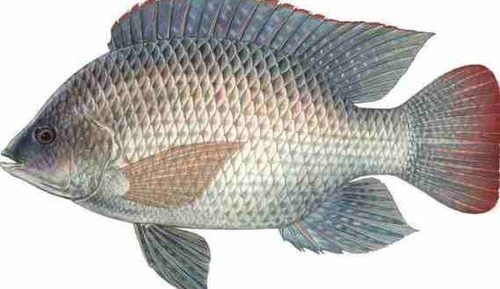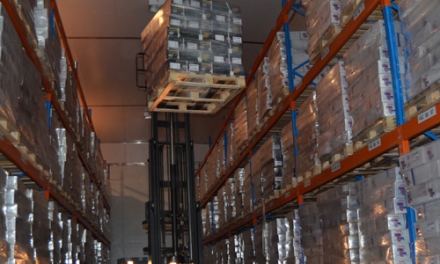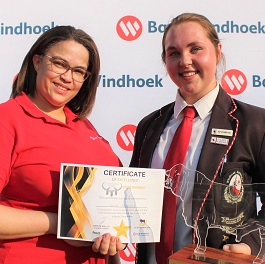
Aquaculture – the future of fisheries through Nile tilapia, ornamental fish, mariculture and fish feed production

By Hiskia Asino.
Aquaculture also known as the farming of aquatic organisms such as fish, algae, snails, crocodiles, frogs, etc. is one of the fastest growing industries in the world. Namibia being one of the driest countries globally has huge potential in exploiting its potential at the western coastal marine waters, fresh water bodies (lakes, dams) and rivers throughout the country.
Egypt which is a relatively dry country has emerged as one of the leading aquaculture countries in the world in Nile tilapia farming.
Namibia currently imports fish from Asia namely Nile tilapia (alien to Asia) which originates from Africa and the Namibian environmental conditions are pristine and extremely ideal to farm them locally to yield huge production. Asian countries produce millions of tons of Nile tilapia annually amounting to billions of USD in revenue and employment.
For the Nile tilapia industry to perform, it required them to create a value chain that will enable them to produce feed at a low value using locally available ingredients and high yielding breeds through selective breeding. This is similar to what land-based animal farmers do.
Namibia is currently the only country in Southern Africa that does not farm with Nile tilapia despite having ideal biosecurity conditions. Namibia currently farms Three-spotted tilapia (Oreochromis andersonii), Tilapia mossambicus (Oreochromis mossambicus), Tilapia rendalli (Coptodon rendalli) and African catfish (Clarias gariepinus). Although these species are indigenous they have a low growth performance. It is therefore important to create breeding programmes to ensure their growth performance improve over culture cycles.
Namibia also has a number of indigenous ornamental fish that can be farmed namely the Caprivi Killifish and Burbus species which are very beautiful and ideal for aquariums.
The coastal conditions may have limitations for small scale farming but have tremendous potential for large scale. Currently Namibia farms only abalone and oysters of which all are alien species from South Africa, Chile and Asia. Research for endemic fish and shrimp were undertaken, however due to limited financing, it had to be shelved.
Feed production is currently one of the deterring factors influencing the viability of aquaculture. Namibian industry produce some of the most sought-after ingredients namely fishmeal, blood meal and bone meal. There are other ingredients such as melon seed cake, sunflower cake, seal meal etc. that are produced however these require research to verify their effect on the target farm species.
The Namibian government has invested over N$200 million in aquaculture since 2003 to help mitigate the recurring food security problems faced in many regions.
Capture fisheries is no longer a sustainable option to rely on for food security. It is therefore imperative to create the necessary models and value chains to make aquaculture viable in Namibia.
Thousands of Namibians live along the Okavango, Kunene and Zambezi rivers which can transform their lives through aquaculture. The most limiting resource in most developed countries is water and land which they have at their disposal. It is therefore essential for Namibia to return to the drawing board and identify the problems hampering the aquaculture industry and to implement solutions to realize its full potential.

An open-pond fish farm in East Asia. Similar scale fish production can be done in Namibia in the areas along the large perennial rivers.













































